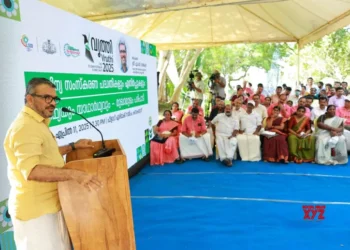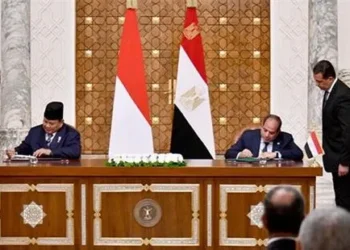Research findings of the ICAR-Central Marine Fisheries Research Institute (CMFRI) were showcased as India’s commitment to conserving its marine ecosystems at a UN meet held in Seoul to discuss the Global Biodiversity Framework.
Conservation of mangroves and coral reef ecosystems, identification of marine protected areas and promotion of sustainable marine fishing were emphasised as India’s foremost national priorities at the Sustainable Ocean Initiative (SOI) workshop held from September 5-8.
The meeting was orgnaised to discuss means and approaches to accelerate the implementation of the Kunming-Montreal Global Biodiversity Framework (KMGBF) of the UN Convention on Biological Diversity (CBD).
The SOI is a global platform that aims to build partnerships and enhance capacity to achieve the global goals and targets on marine and coastal biodiversity.
India’s report presented at the meeting highlighted CMFRI’s efforts in developing a framework for estimation of conservation value of ecologically sensitive areas (ESAs) with an aim to reduce threats to marine biodiversity.
“As part of this, a total area of area of 34,127.20 sq. km has been mapped as ESAs, including habitats of mangroves 5590 sq.km), coral reefs (1,439), seagrass (518), salt marsh (600), sand dunes (325), mudflats (3,558), etc.,” the report said.
Shubhadeep Ghosh, Assistant Director General of Indian Council of Agricultural Research (ICAR), Delhi and Grinson George, Principal Scientist and Head of Marine Biodiversity and Environment Management Division of the ICAR-Central Marine Fisheries Research Institute (CMFRI) presented the country’s report that included national priorities and targets for conservation of the marine biodiversity.
The report referred to CMFRI’s research in developing a deep learning-enabled image recognition model to classify the underwater images of corals as a means to achieve the target of restoring ocean ecosystems.
In connection with this, restoration of coral reefs has been undertaken through transplantation in the Gulf of Mannar, the Gulf of Kutch and Lakshadweep regions, said Grinson George while presenting the report.
Attempts by CMFRI to map spatial distribution of aquatic invasive species in the Northern Indian Ocean region through predictive modelling also found a place in the report.
“So far, invasive species such as piraracu or arapaima (Arapaima gigas), snowflake coral (Carijoa riisei) and charru mussel (Mytella strigata) have been reported in Indian waters,” India’s report revealed.
The country’s report suggested mariculture as a highly prospective sustainable farming practice in India’s coastal waters.
“Introduction of Integrated Multi-trophic Aquaculture (IMTA), a novel practice of cage fish farming combined with seaweed cultivation, has helped increase in the yield of seaweeds by 122 per cent,” said Grinson George.
Presenting the comprehensive strategy for the way forward, Ghosh emphasised the importance of tailoring management measures for resource conservation to specific regions, taking into account the unique socio-economic contexts of each region.
“What is urgently required is a participatory and inclusive approach that actively engages all stakeholders. This is essential to maintain a delicate balance between conservation and utilisation,” Ghosh said.























